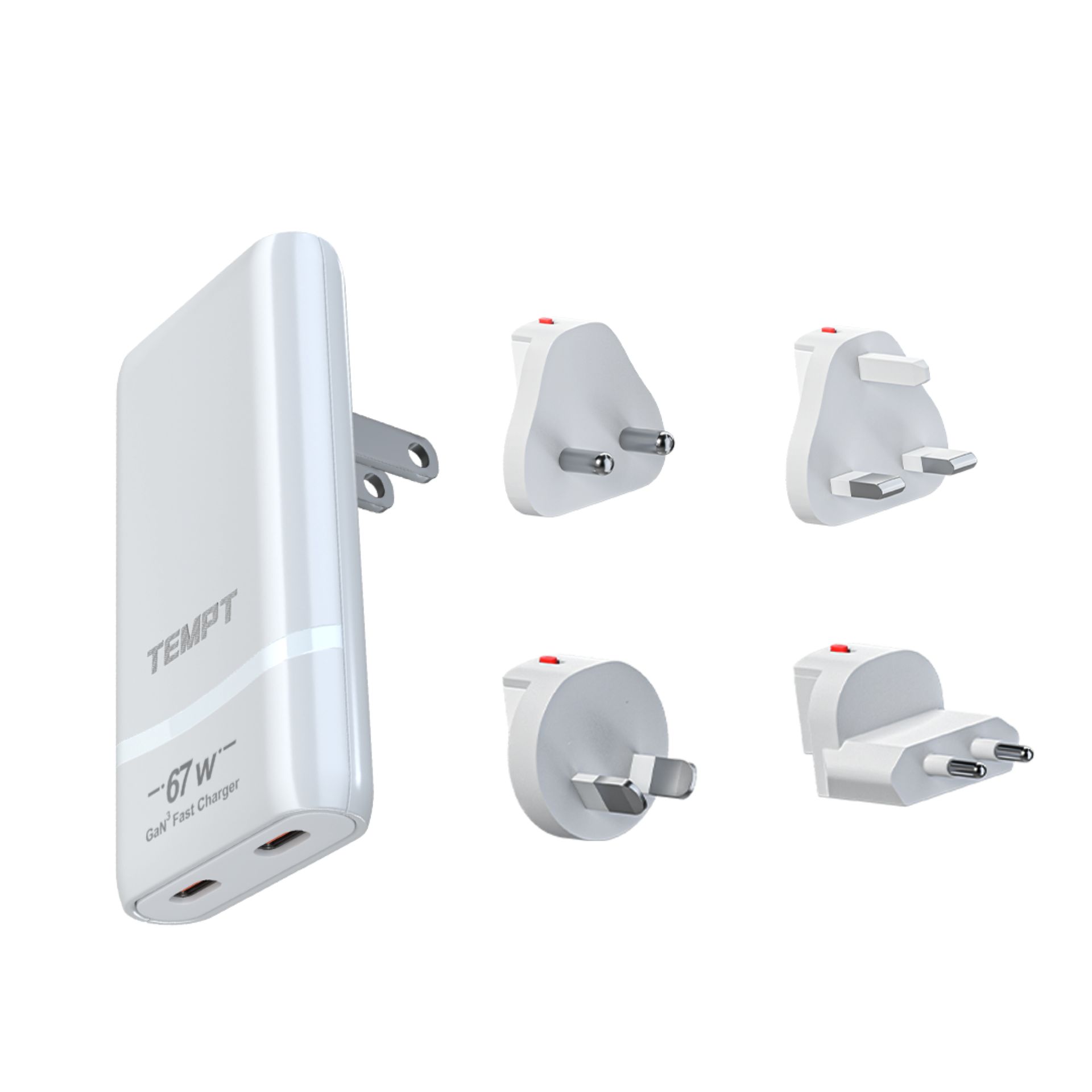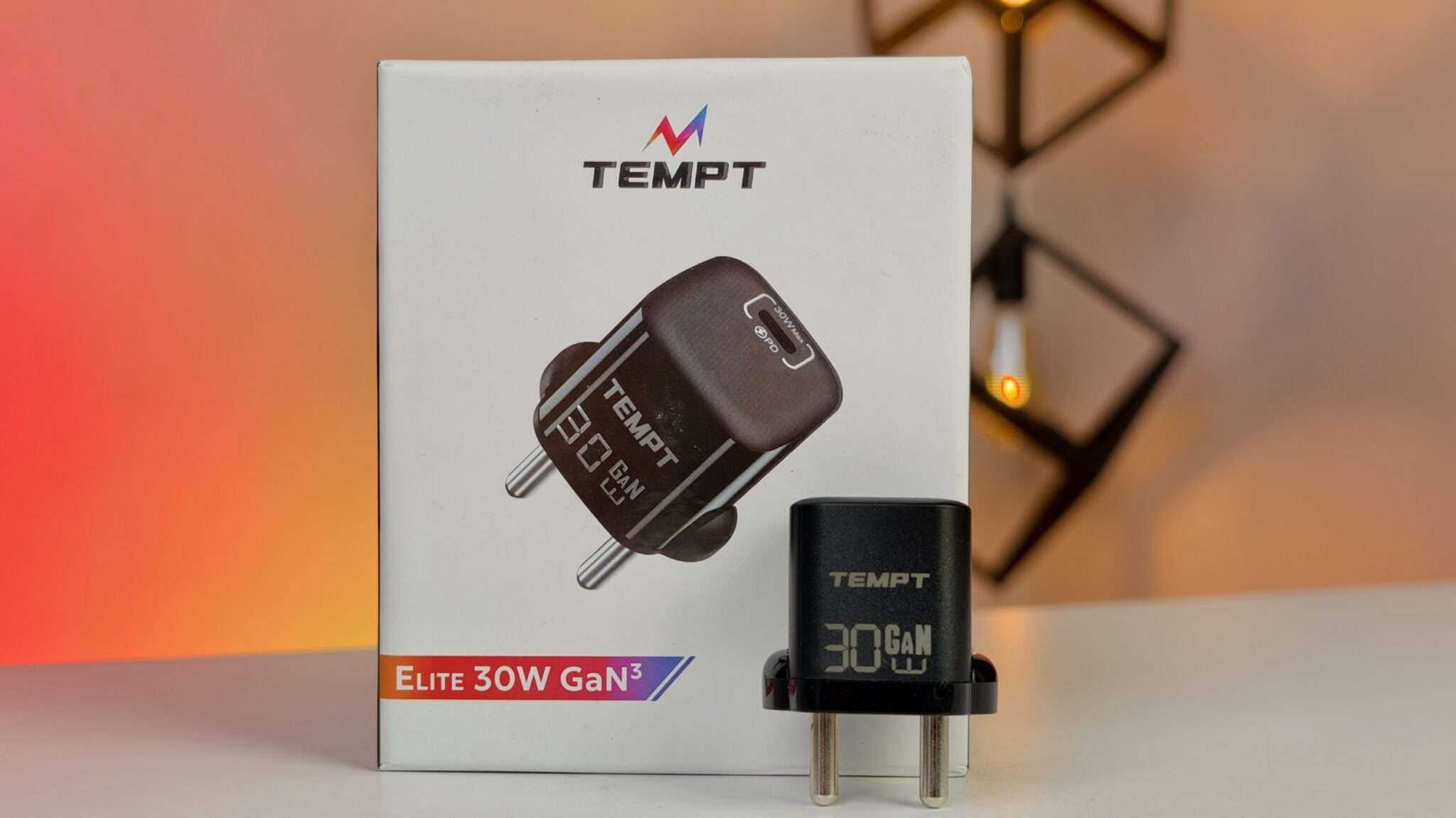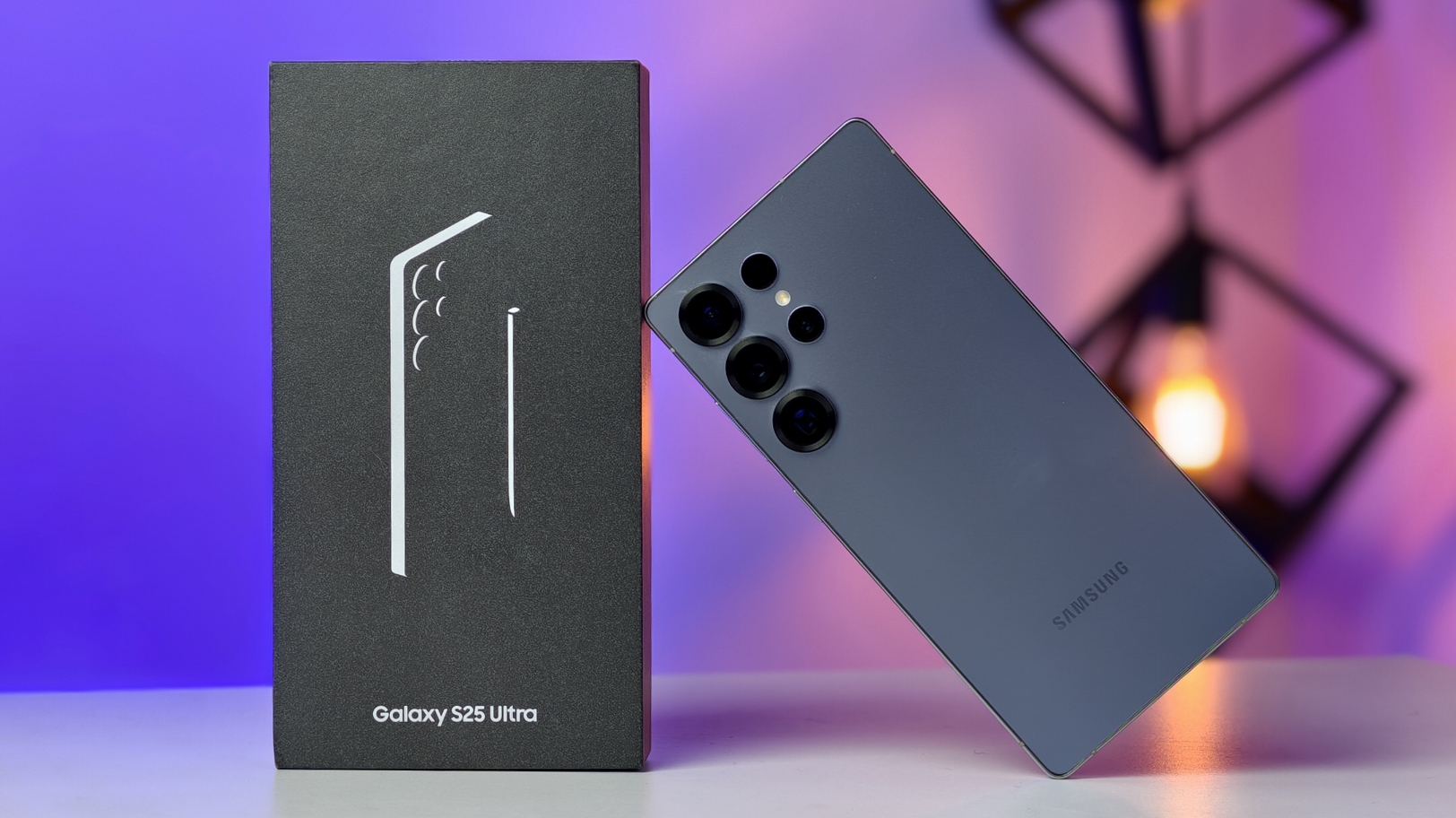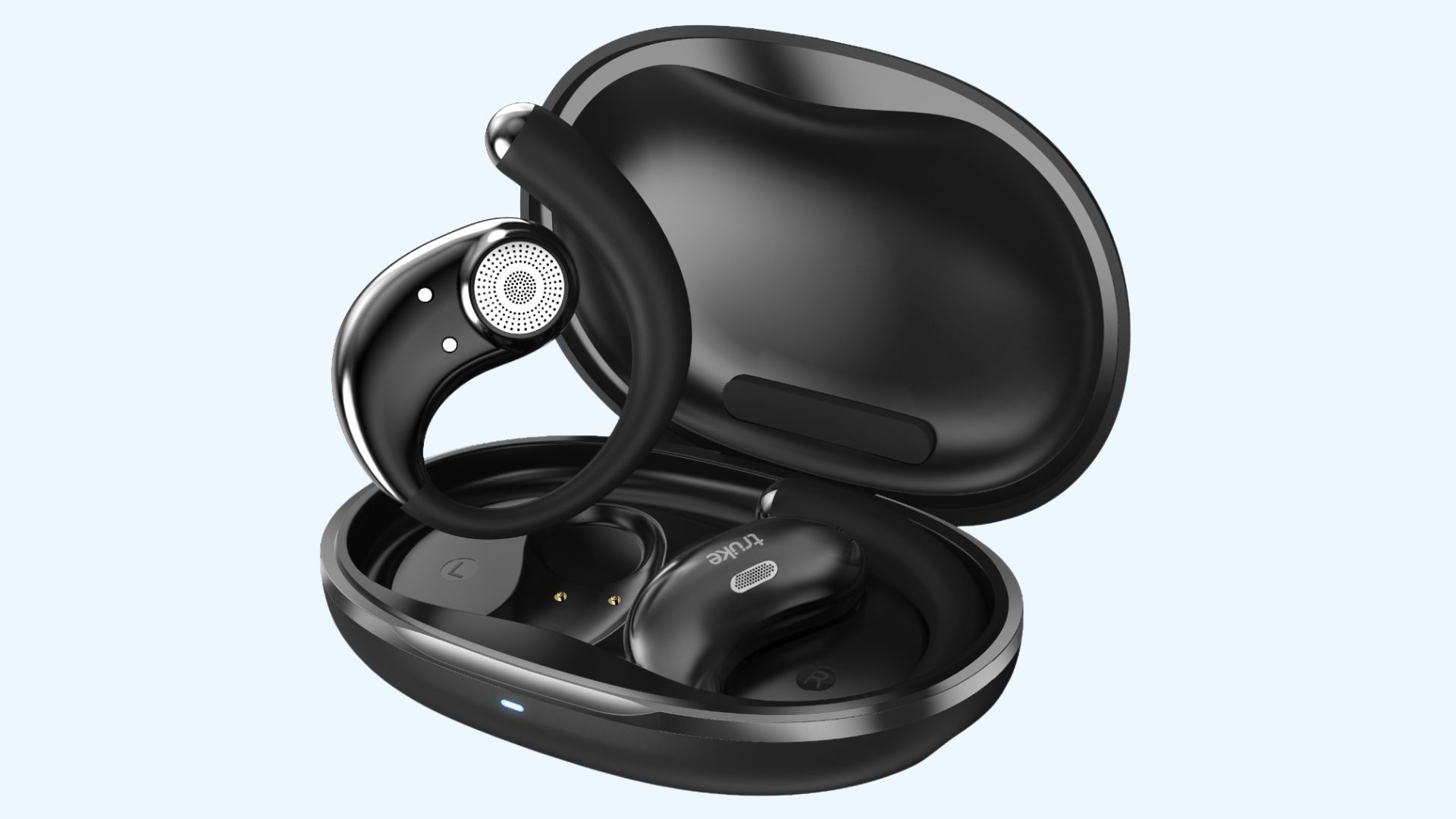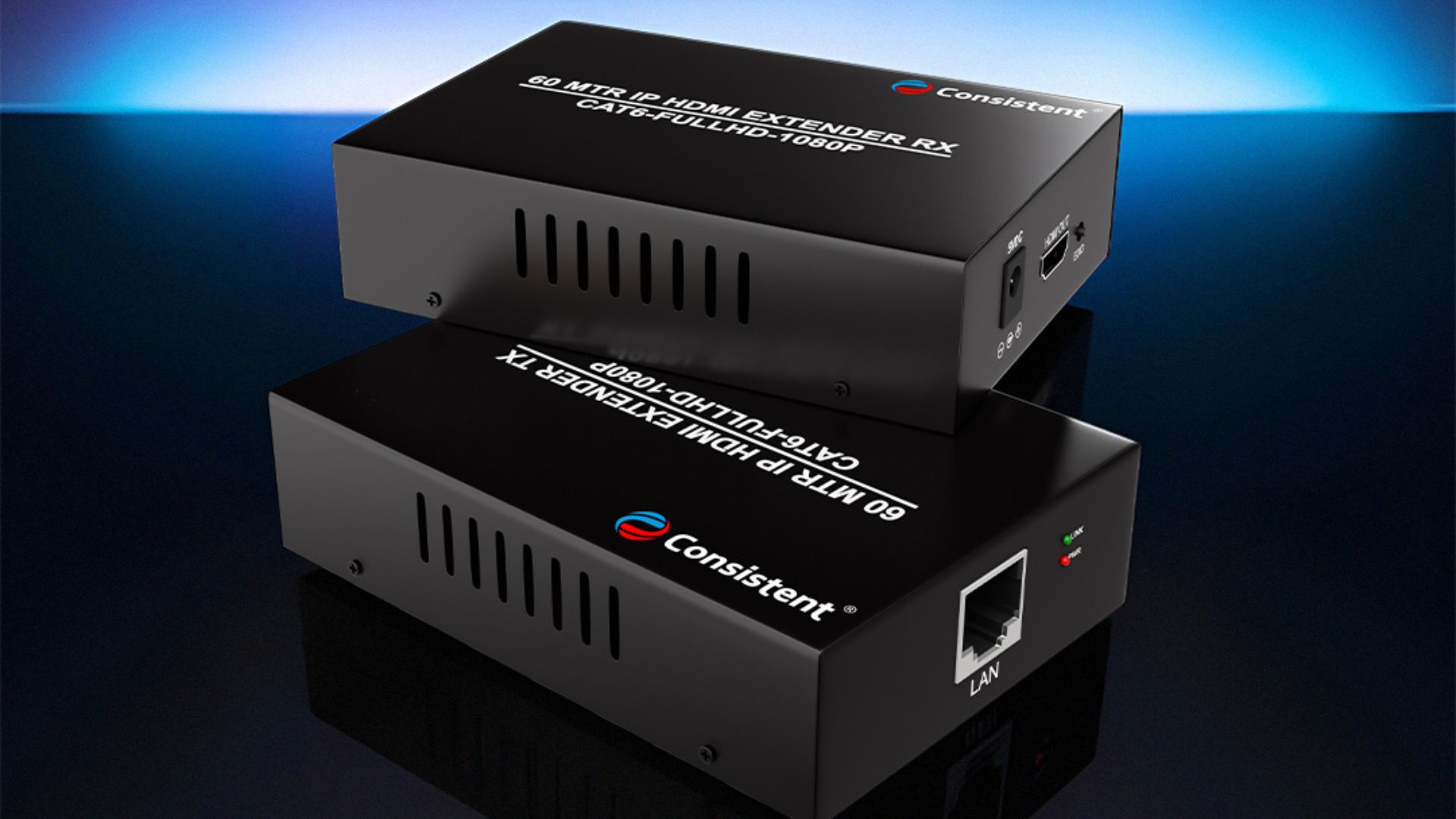The Indian automotive scene is buzzing, and there’s a good reason why. Tata Motors is all set to bring back a name that still sparks nostalgia among many—yes, the Sierra is making a comeback. But this isn’t just a rehash of the old classic. This time, the Sierra is stepping into the future, arriving in both Electric Vehicle (EV) and Internal Combustion Engine (ICE) forms. Naturally, this has enthusiasts curious—not just about when it’s coming, but also about what it says regarding Tata’s broader ambitions, particularly in the All-Wheel Drive (AWD) space.
The Return of a Legend: Tata Sierra’s Launch Timeline
The Tata Sierra, a vehicle once cherished by Indian families and adventurers alike, is gearing up for a highly anticipated return. Tata Motors has confirmed that both the EV and ICE versions of the Sierra will arrive before the end of this year. That puts to rest months of speculation and whispers.
First up will be the Sierra EV, currently pegged for a launch around September 2025. That’s pretty consistent with Tata’s “EV-first” strategy, which they’ve been openly championing. Following close on its heels, the ICE version could hit the market as early as October or November 2025. This staggered rollout seems like a calculated move—capture the EV buzz first, then cater to the ICE loyalists.
A near-production version of the Sierra EV recently made its appearance at the Bharat Mobility Global Expo 2025, giving us a strong sense of what’s in store. Spy shots of both EV and ICE variants have also surfaced, which only adds to the mounting excitement.
Sierra EV: What to Expect
Built on Tata’s dedicated electric platform—Acti.ev—the Sierra EV is designed with flexibility and future-readiness in mind.
When it comes to battery and range, official specs are still under wraps. That said, early leaks suggest the Sierra EV might come with multiple battery configurations, potentially ranging from 60 kWh to 80 kWh. The expected driving range? Somewhere in the ballpark of 500 km on a single charge, give or take.
Powertrain-wise, the Acti.ev platform supports both front-wheel-drive (FWD) and all-wheel-drive (AWD) layouts. So while early reports hint at a FWD setup initially, the architecture certainly leaves the door open for AWD versions—particularly for top-end trims. That would make sense, especially if Tata wants to align the Sierra with its renewed AWD focus.
On the features front, the Sierra EV looks poised to go premium. We’re talking:
- Dual digital displays (central infotainment and driver’s cluster)
- Panoramic sunroof
- Ventilated front seats
- Dual-zone climate control
- Wireless phone charging
- Level 2 ADAS (Advanced Driver Assistance Systems)
- 360-degree camera setup
- Plush upholstery
- And even a four-seater lounge variant in addition to the standard five-seater
Sierra ICE: Engine and Transmission
The ICE version of the Sierra brings with it a brand-new engine—a 1.5-litre, 4-cylinder, turbocharged petrol unit.
This engine is expected to churn out roughly 168 bhp and 280 Nm of torque. It’ll likely be paired with a 6-speed manual or a 7-speed dual-clutch automatic transmission.
And for those holding out hope for a diesel option, there’s good news. Tata is expected to offer a 2.0-litre Kryotec diesel engine, the same one seen in the Harrier and Safari. This diesel powertrain generates 168 bhp and a beefier 350 Nm of torque, available with both manual and automatic gearboxes.
As for AWD? Tata has confirmed that the Sierra’s platform can accommodate a 4×4 setup. There’s no official word yet on whether an AWD ICE variant will be launched—but the groundwork seems to be there.
Tata’s Growing AWD Ambitions
A particularly interesting aspect of this entire Sierra saga is what it reveals about Tata’s broader AWD plans.
Vivek Srivatsa, Chief Commercial Officer at Tata Passenger Electric Mobility, touched on this when he noted the vacuum left since the discontinuation of the Hexa in 2019. He acknowledged that while AWD might make up less than 5% of the total market, Tata SUVs have always been about performance. So, they’re bringing AWD back—this time in a modern, electrified avatar.
The Harrier EV, for instance, is now Tata’s first AWD vehicle since the Safari Storme. It features a dual-motor setup—one motor on each axle—and dishes out over 500 Nm of torque. It even includes specialized features like off-road creep function and selectable terrain modes (snow, sand, rock crawl).
Could ICE models get the same treatment? Possibly. Srivatsa hinted that the rollout of AWD in EVs will serve as a litmus test. If consumer response is positive, AWD might trickle into ICE offerings as well. That opens up intriguing possibilities for future AWD variants of the Harrier, Safari, and yes—the Sierra.
Interestingly, Tata has set an internal goal: they want AWD variants to make up 20% of total EV sales. That’s a massive leap from the sub-5% share we see in ICE models today, and it underscores a serious push to position EVs as not just green but also go-anywhere capable.
Expanding SUV Lineup and Future Outlook
The Sierra isn’t a one-off project. Tata has a broader vision for its SUV lineup, particularly in the EV segment.
Next up is the Safari EV, which is expected to debut around August 2025. It’ll share much of its tech and platform with the Harrier EV.
Looking even further ahead, Tata is preparing to roll out the Avinya brand by 2027. These will be built on Tata’s Gen 3 EV skateboard platform, emphasizing avant-garde design, roomy interiors, and sustainable, tech-rich mobility solutions.
Meanwhile, Tata continues to test various new models and concepts, from facelifts of current offerings like the Punch to brand-new EV entries. Across the board, expect more ADAS, better connectivity, and continued emphasis on build quality.
All in all, the Sierra’s return—backed by dual powertrain options and the potential for AWD—marks a pivotal moment for Tata Motors. It’s not just about bringing back a classic; it’s about signaling where the brand is headed. As we inch closer to these launches, it’s safe to say the anticipation isn’t going to die down anytime soon.



